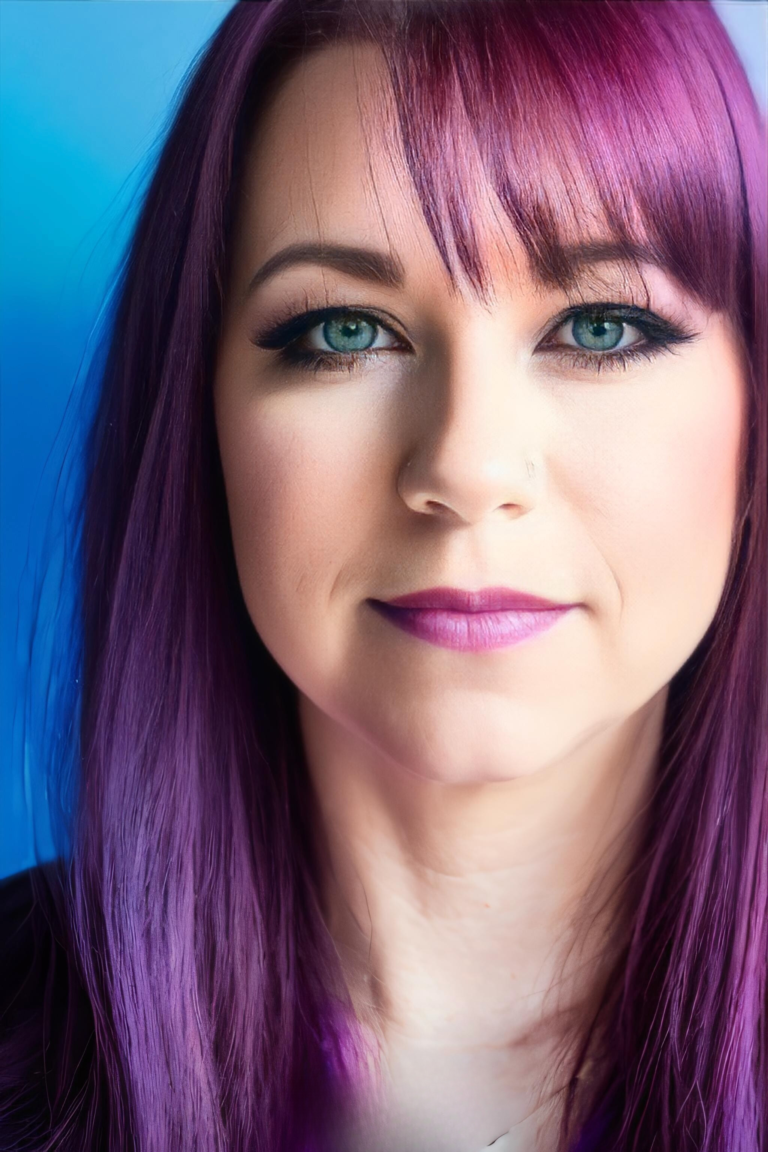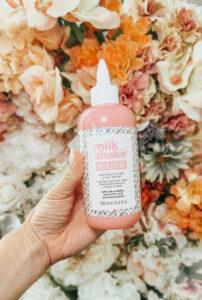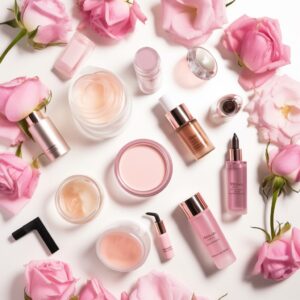Blue light is a high-energy visible light that has many benefits but can also cause damage to skin when overexposed. This article will break down what exactly blue light is, where it comes from, its positive effects, how it can damage skin, and tips to protect yourself.

What is Blue Light?
Blue light is a type of high-energy visible light that has wavelengths between 400-500 nanometers (nm). It is part of the visible light spectrum that humans can see, which ranges from violet with shorter wavelengths to red with longer wavelengths.
Some key facts about blue light:
- It has high energy and short wavelengths compared to other colors in the visible spectrum. This high energy is what enables both its beneficial effects and damaging properties.
- Natural sources include sunlight, computer screens, smartphones, and LED lighting. The amount of blue light exposure has increased in modern life due to technology use.
- Blue light boosts attention, mood, and alertness which is why it is also called “intrinsically photosensitive retinal ganglion cells” (ipRGCs).
The Benefits of Blue Light
Despite potential risks, blue light exposure also has many advantages for the body. Here are some of the key benefits:
Boosts Cognitive Function
Blue light exposure during the day helps boost alertness, attention, and cognitive performance. This is due to its ability to reduce sleepiness and impact the circadian rhythm. It has even been shown to improve cognitive function in elderly patients.
Elevates Mood
Getting sufficient daytime blue light may also elevate mood and feelings of wellbeing. This is related to how blue light helps regulate serotonin and other neurotransmitters related to mood.
Promotes Circadian Rhythm
The body relies on light cues, especially blue light, to help keep the sleep and wake cycle aligned properly. Blue light exposure during the day followed by darkness at night helps maintain healthy circadian rhythm and quality sleep.
May Help Certain Skin Conditions
Blue light therapy has been shown to have anti-inflammatory and antimicrobial effects on the skin. Certain inflammatory skin conditions like psoriasis, acne, and eczema may improve with controlled blue light treatments. More research is still needed on proper parameters.
Potential for Healing and Recovery
Photobiomodulation using blue light may speed up recovery and healing time after an injury or surgery. More studies are underway, but initial results are promising for reduced pain, inflammation, and faster healing.
Clearly, blue light exposure is critical for many essential body functions. But excessive exposure especially in the evening can disrupt normal circadian rhythms.
How Blue Light Can Damage Skin
Most blue light benefits occur with limited, controlled daytime exposure followed by darkness at night. Unfortunately, modern light exposure patterns with increased screen time have disrupted this cycle.
Here are some of the ways overexposure to blue light can damage skin:
Premature Aging
Blue light can generate oxidative stress and free radicals that damage skin molecules like collagen and elastin leading to faster formation of fine lines, wrinkles, and hyperpigmentation.
Disruption of Circadian Rhythm
Too much blue light exposure at night can confuse the body’s innate circadian clocks and disrupt metabolic and cellular repair processes normally occurring at night. Long term this is linked to impaired skin health.
Inflammation
The high energy waves of blue light can cause inflammatory responses in skin that may worsen conditions like acne, rosacea, eczema, and psoriasis. This can further accelerate visible signs of aging.
Pigmentation Problems
Melanin provides natural protection against UV rays, but excess blue light can also trigger excess melanin production leading to undesirable hyperpigmentation and dark spots.
Photosensitivity
Those using certain medications like antibiotics and retinoids may react poorly to blue light with increased photosensitivity and potential damage to skin.
While occasional blue light exposure from screens is low risk, chronic exposure especially at high intensities found in sunlight can cause noticeable harm to skin health and appearance over time.
Tips to Protect Yourself from Blue Light Skin Damage
Here are some simple ways to enjoy the benefits of blue light while minimizing damage to your skin:
- Avoid direct sunlight when UV index is high – UV rays amplify the oxidative effects of blue light. Seek shade during peak sun hours.
- Use sunscreen daily – Broad spectrum sunscreens protect against both UVA/UVB rays and blue light emitted by the sun. Reapply regularly when outdoors.
- Wear protective clothing – Hats, tightly woven fabrics, and sunglasses help create a barrier against solar blue light.
- Limit evening screen time – Avoid long exposures to blue light emitting devices at night to protect circadian rhythms.
- Use blue light filters – Enable nighttime settings on devices, install anti-blue light apps, or use protective eyewear.
- Don’t forget antioxidants – Consume foods and supplements rich in antioxidants that counteract blue light oxidative damage like Vitamin C, green tea, and niacinamide.
- Get enough sleep – Allow the body time overnight for cellular repair from any daytime blue light exposure. Aim for 7-9 hours per night.
- Seek professional treatments – In-office LED light therapy, chemical peels, laser resurfacing, and cosmeceuticals can help reverse signs of blue light skin damage.
The Future with Blue Light
Blue light has many evidenced benefits but requires some prudent management to prevent unnecessary overexposure and skin damage. With some diligent sun protection, monitoring of evening light exposure, and therapeutic treatments, you can enjoy blue light’s advantages safely.
As the applications of blue light continue expanding in medical therapy and consumer technology, we will have to strike the right balance between harnessing benefits and mitigating risks. Developing innovations that deliver all the perks of blue light without the damage will be key. For now, increased awareness and moderation help us use blue light for our wellbeing while keeping skin healthy.
With some knowledge on blue light’s origins, impact, and solutions for protection, you can take steps to prevent premature aging of skin from excess high-energy light. Don’t be afraid to soak up the benefits of moderate sun exposure and electronic screens – just be vigilant about overdoing it. Your skin will thank you!









One Response